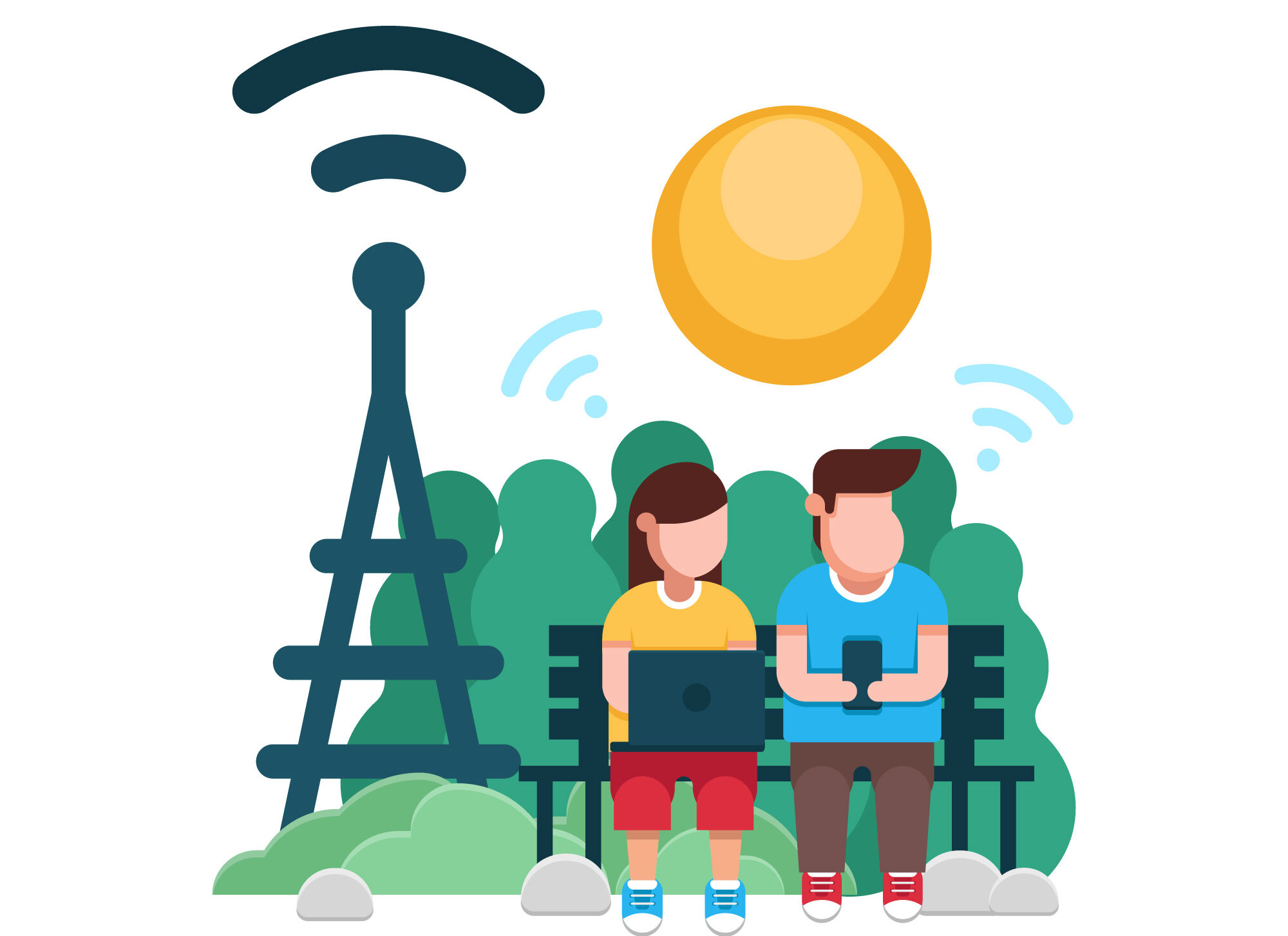How Can You Get the Best Rural Internet in Your Area?
- 1 Understanding the Challenges
- 1.1 1. Research Local ISPs
- 1.2 2. Explore Satellite Internet
- 1.3 3. Consider Fixed Wireless
- 1.4 4. Investigate Cellular Data Plans
- 1.5 5. Community Networks and Cooperatives
- 1.6 6. Consult with Neighbors
- 1.7 7. Test Different Providers
- 1.8 8. Invest in Signal Boosters or Repeaters
- 2 Conclusion
Living in rural areas often comes with challenges, and one of the most frustrating is slow or unreliable internet connectivity. While urban areas enjoy high-speed internet options, those in rural regions often struggle to find reliable connections. However, advancements in technology and infrastructure have made it increasingly possible to access high-quality internet in even the most remote locations. This blog post will explore tips and strategies for finding the best rural internet in your area.
Understanding the Challenges
Before diving into solutions, it’s essential to understand the challenges associated with rural internet access. The primary obstacles include:
- Limited Infrastructure: Many rural areas lack the necessary infrastructure for high-speed internet, such as fibre-optic cables or cellular towers.
- Sparse Population Density: Due to lower population density, internet service providers (ISPs) may hesitate to expand their networks to rural areas.
- Terrain and Geography: Natural obstacles like mountains, valleys, and dense forests can interfere with signals, making it difficult to establish reliable internet connections.
- Cost Considerations: Building infrastructure in rural areas can be expensive for ISPs, which may result in higher consumer costs.
Despite these challenges, several strategies can help rural residents access the best internet available.
1. Research Local ISPs
Start by researching ISPs that operate in your area. While significant providers may not offer service in rural regions, more minor, local companies may specialize in serving these communities. Look for ISPs with rural coverage or positive customer reviews in similar locations.
2. Explore Satellite Internet
Satellite internet is often a viable option for rural areas with limited traditional broadband options. Providers like HughesNet and Viasat offer satellite internet services that deliver high-speed connections virtually anywhere with a clear sky view. Remember that satellite internet may have higher latency than other options, but technological advancements have improved performance in recent years.
3. Consider Fixed Wireless
Fixed wireless internet utilizes radio signals to provide internet access to specific areas. A fixed antenna installed on your property receives signals from a nearby tower, eliminating the need for cables or wires. This technology is particularly well-suited for rural areas with line-of-sight access to a tower. Research local providers offering fixed wireless solutions and inquire about coverage in your area.
4. Investigate Cellular Data Plans
Mobile data plans can serve as a reliable internet solution for those in areas with decent cellular coverage. Many cellular providers offer unlimited or high-capacity data plans suitable for home use. However, verifying coverage maps and signal strength in your area is essential before committing to a cellular data plan, as coverage can vary significantly based on location.
5. Community Networks and Cooperatives
In some rural areas, residents have banded together to create community networks or cooperatives to address the lack of reliable internet access. These initiatives involve pooling resources to build and maintain local infrastructure, such as fibre-optic networks or wireless towers. Investigate whether any community-led internet projects are underway in your area and consider participating in or supporting these efforts.
6. Consult with Neighbors
Contact your neighbours to inquire about their internet experiences and what solutions they’ve found effective. They may have valuable insights into which ISPs offer the best service in the area or alternative internet options you haven’t considered. Additionally, collaborating with neighbours to petition ISPs for improved service or advocate for infrastructure upgrades can amplify your collective voice and increase the likelihood of positive outcomes.
7. Test Different Providers
If multiple ISPs offer service in your area, consider testing different providers to determine which offers the best performance and reliability. Many ISPs provide trial periods or money-back guarantees, allowing you to try their service risk-free before making a long-term commitment. Evaluate connection speed, latency, and customer support quality during your trial period.
8. Invest in Signal Boosters or Repeaters
If you’re struggling with weak cellular signals or poor Wi-Fi coverage on your property, consider investing in signal boosters or repeaters. These devices amplify existing signals, improving connectivity and coverage indoors and outdoors. While signal boosters won’t create internet where none exists, they can enhance existing connections and make them more reliable.
Conclusion
Accessing the best rural internet in your area may require research, experimentation, and collaboration with neighbours or community organizations. By exploring different providers, technologies, and strategies, you can improve your chances of finding a reliable internet connection that meets your needs. Whether it’s satellite, fixed wireless, cellular, or community-led solutions, options are available to bridge the digital divide and ensure that rural residents can stay connected in an increasingly online world. Remember to prioritize factors like speed, reliability, and affordability when selecting an internet provider, and don’t hesitate to explore alternative solutions if traditional options fall short. With persistence and resourcefulness, you can overcome rural connectivity challenges and enjoy the benefits of a robust internet connection.


















